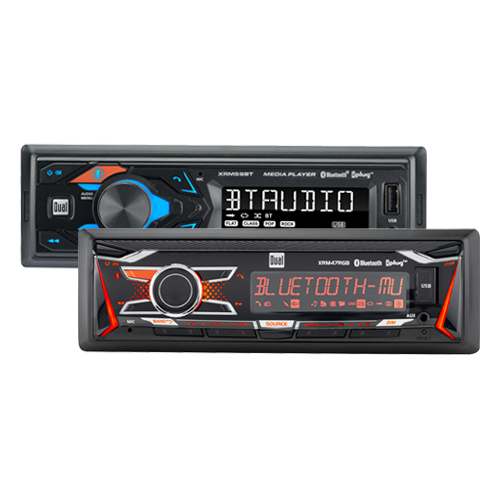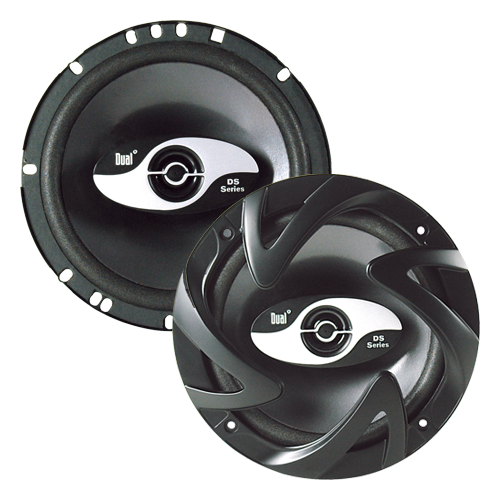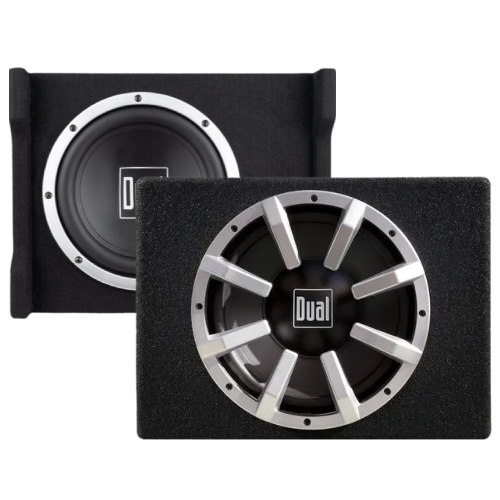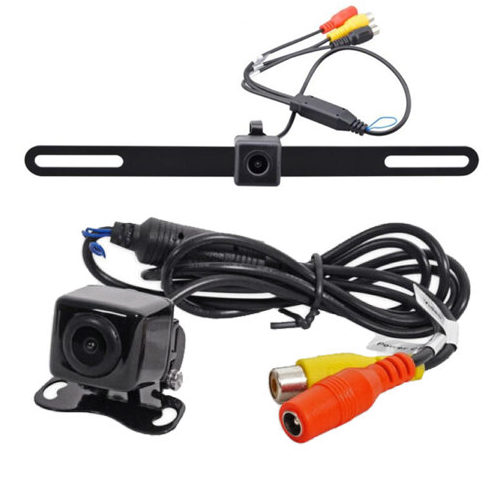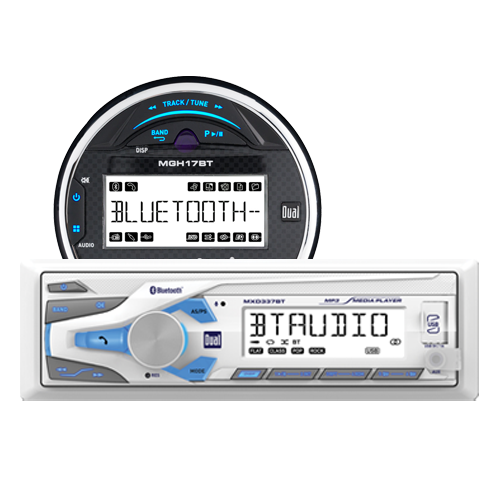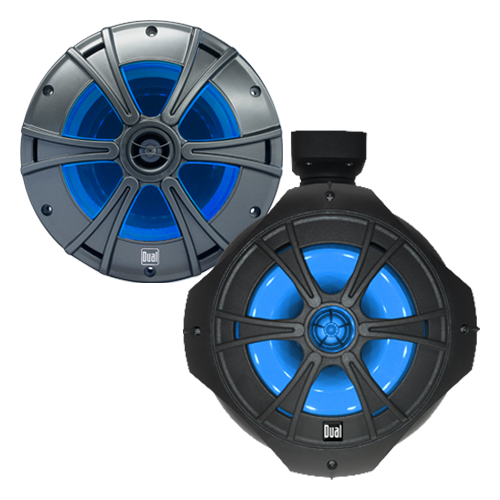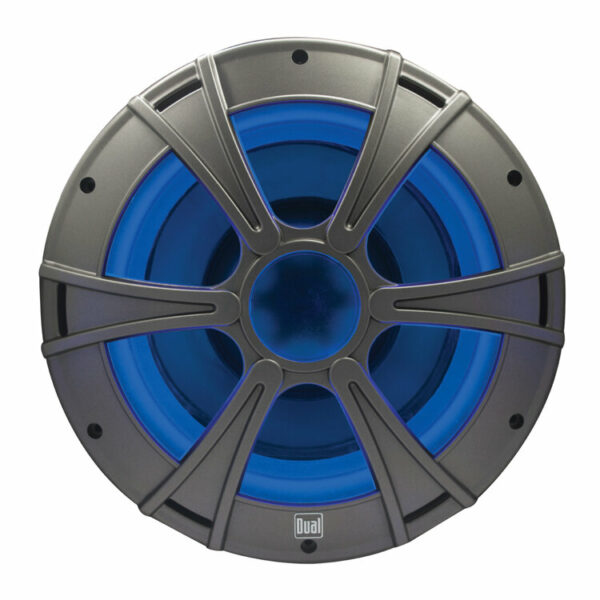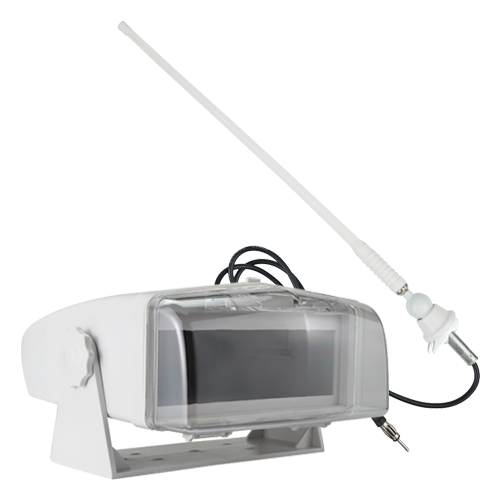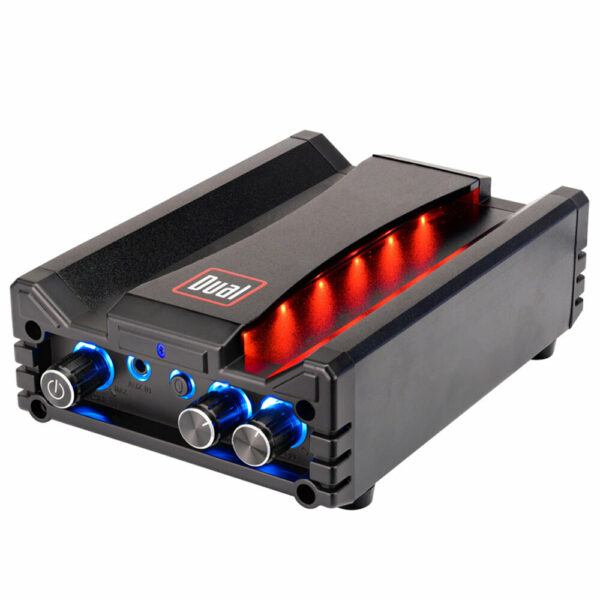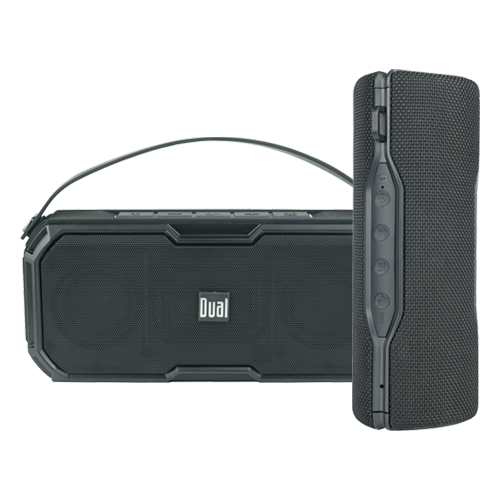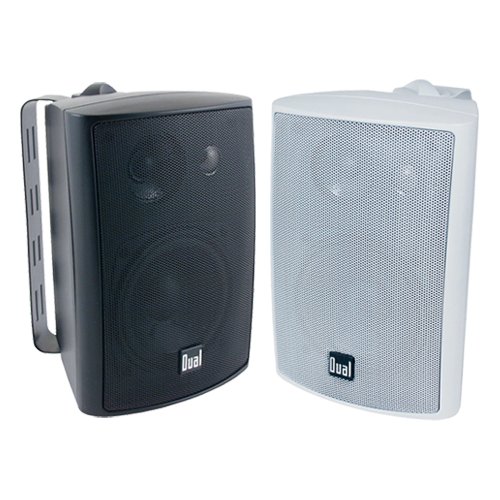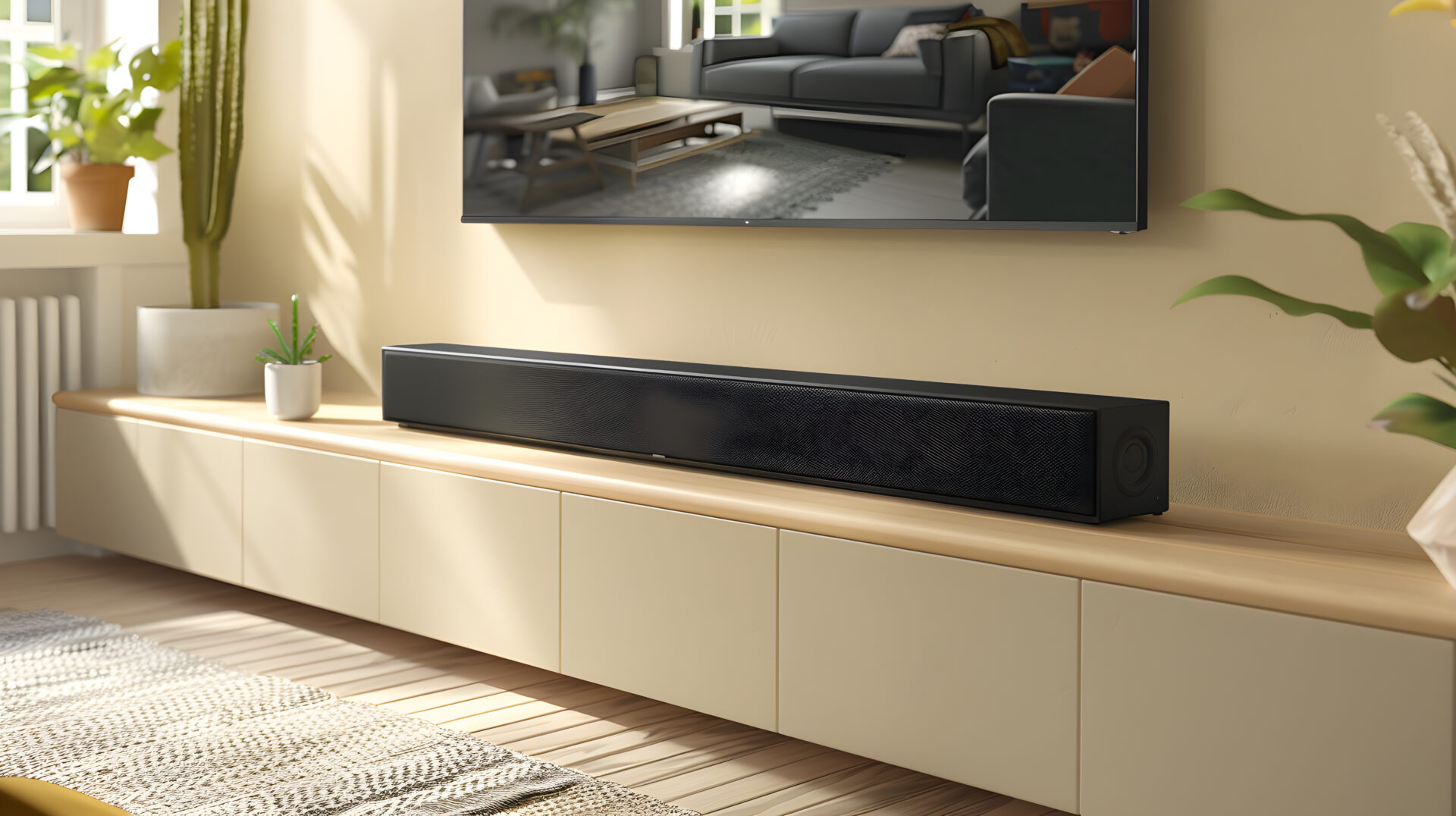
Redefine Your Entertainment Audio with New Sound Bar Technology
A sound bar can elevate your TV experience, delivering cinematic audio that your television’s built-in speakers can’t match. Choosing the right sound bar requires careful consideration of several factors to get the best performance for your specific setup. In this guide, we’ll walk through the key things to keep in mind when selecting a sound bar, including room size, TV compatibility, and sound preferences.
1. Room Size and Layout
The size of your room plays a significant role in determining the type of sound bar you need.
| Room Size | Sound Bar Type | Key Features |
|---|---|---|
| Small to Medium | 2.1-channel sound bar | Built-in subwoofers, compact, clear, and balanced sound |
| Large Rooms | 5.1 or 7.1-channel sound bar | External subwoofers, rear speakers, immersive soundstage |
| Room with Hard Surfaces | Sound bar with room correction tech | Adjusts audio to suit acoustics of the room, minimizes reflections |
Small to Medium Rooms: In smaller rooms (up to 300 square feet), a compact 2.1-channel sound bar with built-in subwoofers should provide a solid audio experience. These sound bars are easier to set up and take up less space, while still delivering clear, balanced sound.
Large Rooms: If you’re working with a large, open space, consider a 5.1 or 7.1-channel sound bar with external subwoofers and rear speakers for a more immersive experience. These multi-channel systems provide a more expansive soundstage, which is essential for filling bigger rooms with audio.
Room Acoustics: Consider how your room is laid out. Rooms with lots of hard surfaces (like hardwood floors and glass windows) may cause sound reflections and echoes. In these cases, you may want a sound bar with sound-enhancing features like room correction technology. This type of software will adjust the audio to suit the acoustics of your space.
2. TV Compatibility
Not all sound bars are compatible with every TV. Here are some factors to consider for a seamless integration:
| Connection Type | Description | Best For |
|---|---|---|
| HDMI ARC | Basic high-quality sound with simple control via TV remote | Most TVs and sound bars |
| HDMI eARC | Enhanced sound quality (for Dolby Atmos, etc.) | High-definition audio setups |
| Optical Input | Older TVs or budget sound bars | TVs without HDMI ARC/eARC capabilities |
Size and Aesthetics: The sound bar should match the size of your TV to ensure a balanced look. Generally, your sound bar should be as wide as your TV or slightly smaller. For instance, a 50-inch TV would pair well with a 40- to 50-inch sound bar.
Connection Options: Make sure your sound bar has the right inputs to connect to your TV. Most modern sound bars feature HDMI ARC (Audio Return Channel) for easy connectivity and control via the TV’s remote. Optical audio inputs are also common, though HDMI ARC offers better sound quality and easier control. For the latest TVs, HDMI eARC (enhanced Audio Return Channel) provides the highest quality sound, especially for Dolby Atmos and other high-definition audio formats.
Smart TV Features: If your TV has smart features (such as streaming apps), look for a sound bar that supports these functions. Some sound bars come with built-in voice assistants like Amazon Alexa or Google Assistant, which can make controlling both your TV and sound bar easier.
3. Sound Preferences and Features
The type of sound quality and additional features you prioritize will also influence your decision.
| Channel Configuration | Description | Best For |
|---|---|---|
| 2.0 or 2.1 channels | Stereo sound, may include subwoofers | Enhancing dialogue, general TV |
| 5.1 channels | Surround sound with subwoofer, rear speakers | Movies, games, immersive sound |
| 7.1.2 channels | Dolby Atmos with upward-firing drivers | Cinematic, 3D sound experience |
- Channels and Surround Sound: Sound bars come in different channel configurations, from basic 2.0 (stereo sound) to more advanced 5.1 or even 7.1.2 configurations (with additional height channels for Dolby Atmos). A 2.0 or 2.1 sound bar is great for enhancing dialogue and general TV watching. If you love watching movies or playing video games, a multi-channel sound bar with surround sound capabilities will create a more immersive audio experience.
- Dolby Atmos and DTS:X: These are the gold standards for object-based surround sound, which places sound above and around you for a more three-dimensional effect. Dolby Atmos sound bars have upward-firing drivers that reflect sound off the ceiling, making you feel like you’re surrounded by the action. If you’re serious about cinematic sound, a sound bar with these formats is worth considering.
- Bass and Subwoofers: For those who love deep, powerful bass, a sound bar with a separate subwoofer is essential. Some sound bars come with wireless subwoofers that you can place anywhere in the room, offering more flexibility and better bass response.
- Sound Modes and Customization: Many sound bars offer preset modes (like “Movie,” “Music,” or “Dialogue”) to tailor the audio to what you’re watching. This can be especially useful for improving dialogue clarity during shows or enhancing bass during action movies. Some higher-end models allow for even more granular sound adjustments, such as equalizer settings for fine-tuning bass, mid-range, and treble frequencies.
4. Ease of Use and Setup
A sound bar should make your life easier, not more complicated.
Setup: Look for a sound bar that offers simple, user-friendly setup. Models with wireless subwoofers and rear speakers reduce cable clutter. Many sound bars also feature plug-and-play installation, so you won’t need to tinker with complex settings.
Remote Control: Some sound bars come with their own dedicated remotes, but HDMI ARC or eARC options allow you to control the sound bar with your TV’s remote for a simple user experience.
Bluetooth and Wi-Fi Connectivity: If you plan to stream music from your phone or another device, check if the sound bar supports Bluetooth or Wi-Fi. Some high-end sound bars also offer multi-room audio, allowing you to connect the sound bar to other wireless speakers throughout your home.
5. Budget Considerations
Sound bars come in a range of prices, from budget-friendly models under $200 to premium setups that can cost over $1,000. Consider what features are most important to you and what fits your budget. For instance:
| Price Range | Features | Ideal For |
|---|---|---|
| Entry-Level – $ | Basic sound enhancement, improve TV dialogue | Budget-conscious buyers |
| Mid-Range – $$ | Subwoofers, multi-channel audio, improved bass and surround | Enhanced sound experience seekers |
| Top/High-End – $$$ | Dolby Atmos, DTS, advanced customization, immersive sound | Home theater enthusiasts |
Entry-level: These models provide basic sound enhancement, perfect for those just looking to improve TV dialogue and general audio without breaking the bank.
Mid-range: In this range, you’ll start seeing features like subwoofers, more powerful audio, and multi-channel options for enhanced sound.
High-end: Premium sound bars often come with advanced features like Dolby Atmos, DTS, and more detailed sound customization, catering to those who want a true home theater experience.
When choosing a sound bar for your home, consider the size of your room, the type of TV you have, and your personal sound preferences. Whether you’re looking for a simple upgrade or an immersive surround sound experience, there’s a sound bar out there to meet your needs. By balancing these factors with your budget, you can find the perfect audio solution to enhance your home entertainment setup.
Purchasing Tips
Helpful Ideas in Choosing the Right Soundbar

1. Assess Your Needs:
Determine what you want from a sound bar (e.g., basic sound improvement, home theater experience).

2. Set a Budget:
Prices vary widely, so having a budget helps narrow your options.

3. Read Reviews:
Look for reviews from reputable sources to gauge performance and reliability.

4. Check Compatibility:
Ensure the sound bar works with your existing TV and devices.

5. Consider the Warranty:
A good warranty can provide peace of mind and protect your investment.

By focusing on these key features and tips, you’ll be well on your way to finding the perfect sound bar to elevate your home entertainment experience. Happy shopping!

